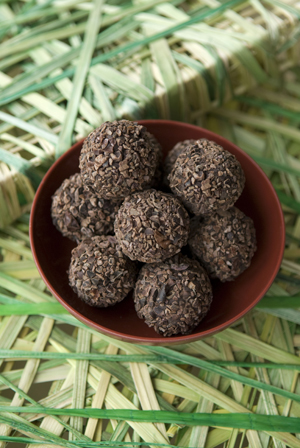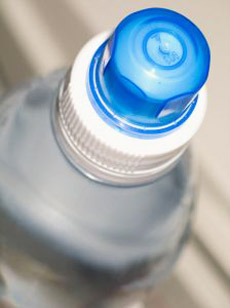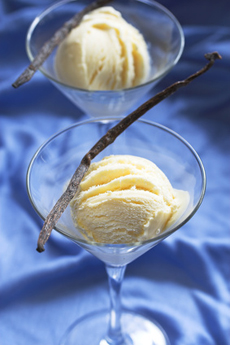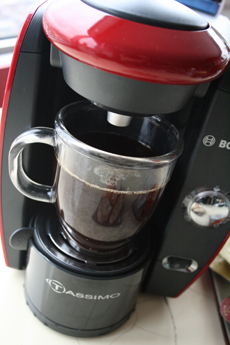| For everyone wondering about the healthy food picks of the last few weeks, January is “health month” at THE NIBBLE. That’s the brief hiatus between the six weeks of holiday eating that end the old year and the Valentine’s Day delights of the new year. During “health month,” we try not to tempt people away from their New Year’s resolutions. Both our Top Picks Of The Week and the regular reviews and articles on TheNibble.com are bursting with the most delicious “good-for-you” foods we can find.
Before you get tired of healthy foods, the indulgences begin again on January 26, with three weeks of Valentine gift recommendations. Or maybe they begin right now, as we show how chocolate can be wholesome, vegan, organic, raw, primitive…and delectable. We polished off every last morsel.
When we first set eyes on Uli Mana, its packaging did not look like manna from chocolate heaven. But then we tasted the organic chocolate truffles, brownies, chocolate spread and more. Raw cacao was never more divine. And with nary a drop of refined sugar: It’s all sweetened with lower-glycemic agave syrup. There’s no cream, no butter, and more antioxidants than in regular chocolate. How could our New Year’s diet disapprove? |
|

Truffles made from raw cacao, covered with raw
cacao nibs, have intense, bittersweet chocolate
flavor. You are mano a mano with the cacao.
Wow! |






